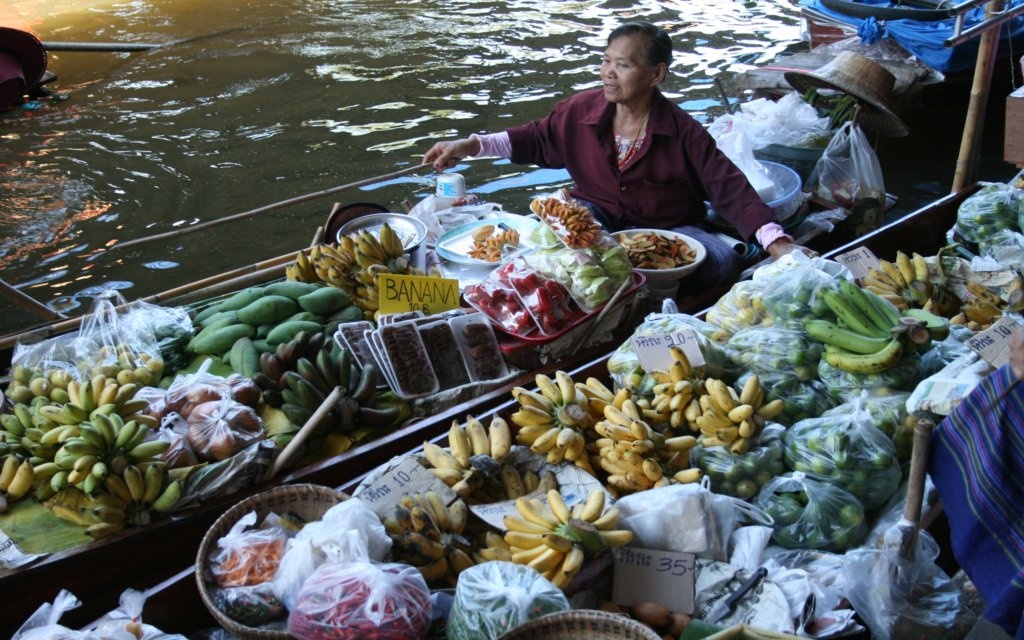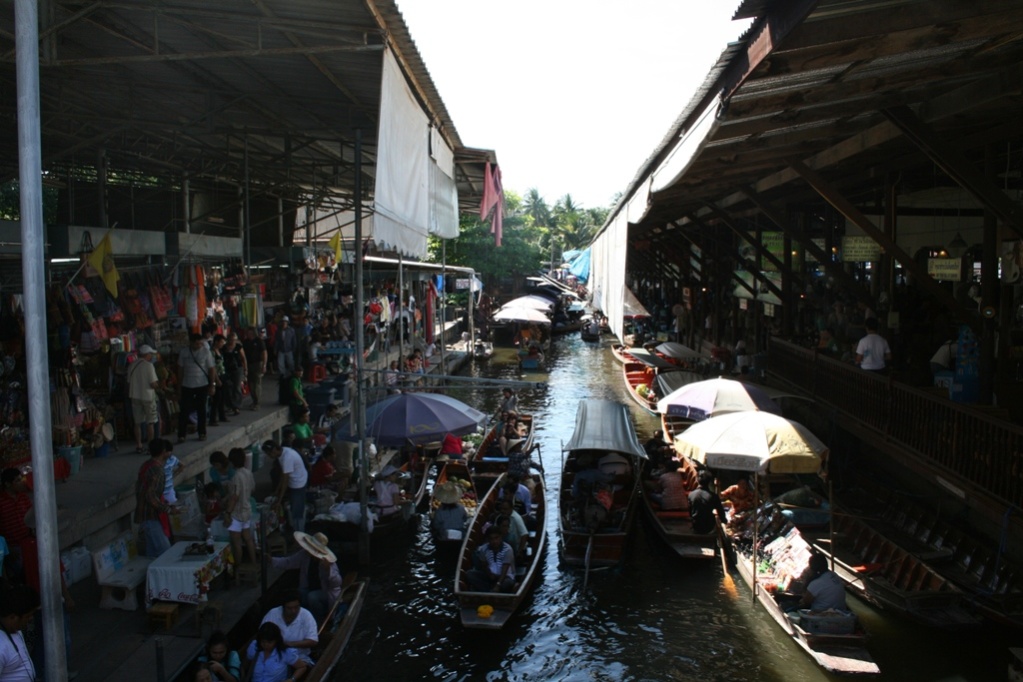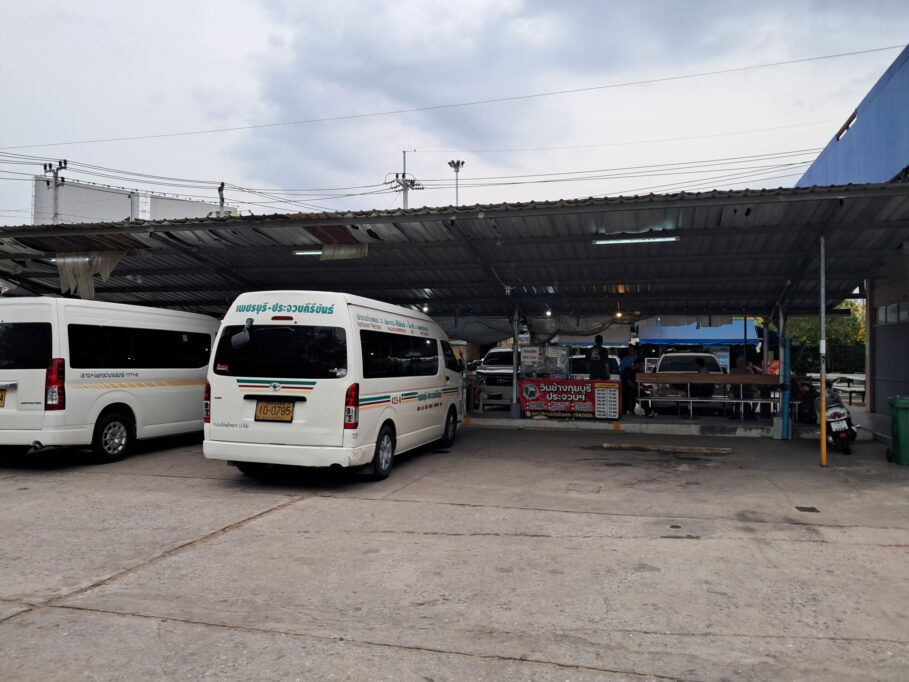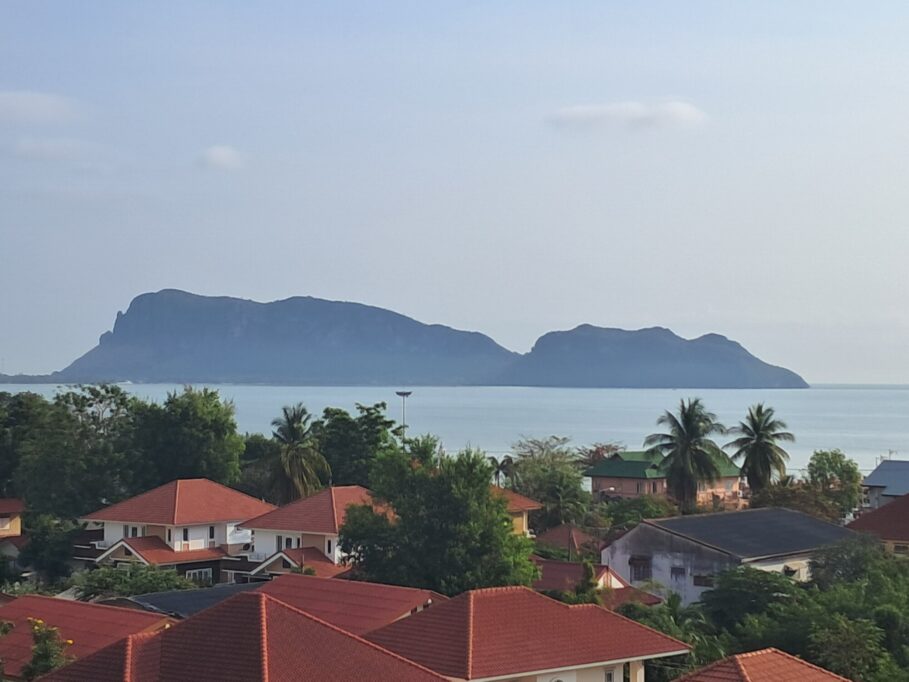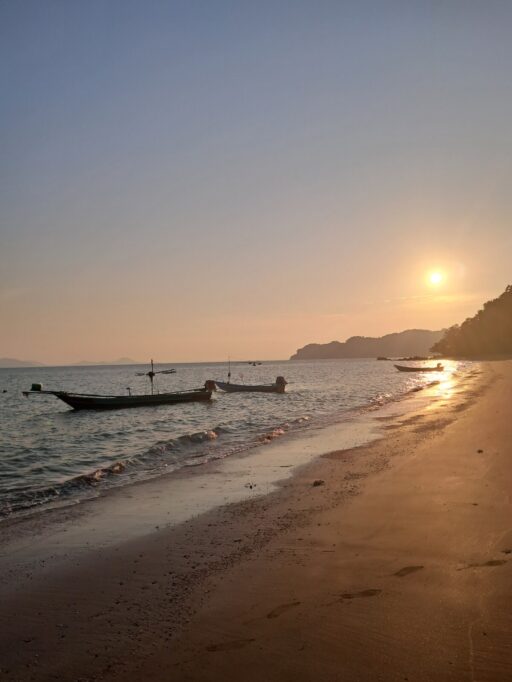Bangkok Thailand Travel Guide A Vagabond Life
Welcome to Bangkok Thailand, a city that seamlessly blends the ancient with the modern, the serene with the bustling, and the traditional with the avant-garde. As the vibrant capital of Thailand, Bangkok is a destination that offers a kaleidoscope of experiences. From its glittering temples and historic palaces to its lively street markets and cutting-edge skyscrapers, Bangkok is a place where every corner tells a story.
Wander through the majestic Grand Palace and be awed by the intricate details of Wat Phra Kaew, the Temple of the Emerald Buddha. Navigate the labyrinthine alleyways of Chatuchak Market, where you can find anything from handcrafted goods to exotic delicacies. Drift along the Chao Phraya River on a long-tail boat, taking in the contrasting sights of ancient temples and modern high-rises.
Bangkok’s culinary scene is a journey in itself. Savor the flavors of authentic Thai cuisine at a street food stall, where the aroma of pad thai and som tam tantalizes your senses, or indulge in gourmet dining at one of the city’s many Michelin-starred restaurants. Whether you’re seeking luxury or budget-friendly options, Bangkok caters to every traveler’s palate and pocket.
Beyond the tourist hotspots, discover Bangkok’s eclectic neighborhoods, each with its unique charm. Explore the chic boutiques and galleries of Thonglor, the vibrant nightlife of Sukhumvit, or the cultural richness of Chinatown. With a blend of old-world charm and new-age dynamism, Bangkok promises an adventure that is both captivating and unforgettable.
This travel guide is designed to help you navigate the myriad attractions, experiences, and hidden gems that Bangkok has to offer. Whether you’re a first-time visitor or a seasoned traveler, this guide will provide you with insider tips and essential information to make the most of your journey in this extraordinary city. Welcome to Bangkok, where every moment is a discovery and every experience is a memory in the making.
Map Bangkok Thailand
Getting To Bangkok Thailand
By Air: Suvarnabhumi and Don Mueang Airports
Bangkok is served by two major airports: Suvarnabhumi Airport (BKK) and Don Mueang Airport (DMK).
Suvarnabhumi Airport (BKK): As the primary international gateway, Suvarnabhumi Airport handles most long-haul flights and a majority of international arrivals. Located about 30 kilometers east of the city center, it is well-connected to the heart of Bangkok by various transportation options, including the Airport Rail Link, taxis, and buses.
Don Mueang Airport (DMK): Primarily catering to low-cost carriers and domestic flights, Don Mueang is situated around 24 kilometers north of the city center. It’s a popular choice for budget travelers and those flying within Southeast Asia.
By Train: Hua Lamphong Station and Bang Sue Grand Station
Bangkok is the central hub of Thailand’s extensive rail network, making train travel an attractive option for those coming from other parts of the country.
Hua Lamphong Station: The historic Hua Lamphong Station, located in central Bangkok, has long been the main railway station. Trains arriving here connect Bangkok with major cities like Chiang Mai, Surat Thani, and Ayutthaya.
Bang Sue Grand Station: The new Bang Sue Grand Station is gradually taking over as the city’s main railway hub. As Southeast Asia’s largest railway station, it connects with the MRT and will eventually serve the high-speed rail lines, providing easy access to and from the city.
By Bus: Mo Chit, Ekkamai, and Southern Bus Terminals
Bangkok’s three main bus terminals connect the city to destinations across Thailand.
Mo Chit Bus Terminal: Serving northern and northeastern routes, Mo Chit is one of the busiest bus terminals. It’s the departure point for cities like Chiang Mai and Udon Thani.
Ekkamai Bus Terminal: This terminal primarily serves eastern destinations like Pattaya, Rayong, and Trat, making it convenient for those heading to beach resorts and islands.
Southern Bus Terminal (Sai Tai Mai): Handling routes to the southern provinces, Sai Tai Mai is the gateway to destinations like Phuket, Krabi, and Koh Samui.
By Car: Driving to Bangkok
Driving into Bangkok from other parts of Thailand is feasible, especially for those seeking flexibility in their travel plans. Major highways lead into the city, but be prepared for heavy traffic and challenging driving conditions once you reach Bangkok. Parking can be scarce in the city center, so plan accordingly.
Getting Around Bangkok Thailand
BTS Skytrain: The Elevated Urban Rail System
The BTS Skytrain is one of the most efficient ways to navigate Bangkok’s congested streets.
Routes and Coverage: The BTS operates on two main lines: the Sukhumvit Line, which runs from the city center to the eastern and northern suburbs, and the Silom Line, which covers central Bangkok and the western areas.
Convenience: The Skytrain is air-conditioned, clean, and punctual, making it a popular choice for both locals and tourists. It’s especially useful for reaching major shopping districts, tourist attractions, and business centers.
MRT Subway: The Underground Solution
The MRT complements the BTS by offering an underground alternative to navigating the city.
Lines and Connectivity: The MRT has two lines: the Blue Line, which circles around central Bangkok, and the Purple Line, which connects the northern suburbs to the city. The MRT intersects with the BTS at several key stations, allowing for easy transfers between the two systems.
Accessibility: With stations close to popular areas like Sukhumvit, Silom, and Chatuchak, the MRT is a convenient option for avoiding Bangkok’s infamous traffic jams.
Taxis and Rideshares: Door-to-Door Convenience
Taxis and rideshare services like Grab are ubiquitous in Bangkok, offering door-to-door convenience.
Taxis: Metered taxis are widely available and relatively affordable, though traffic can make journeys longer than expected. It’s advisable to ensure the driver uses the meter to avoid overcharging.
Rideshares: Grab is a popular rideshare service that provides a reliable alternative to traditional taxis. It’s easy to use through a mobile app, with transparent pricing and multiple vehicle options.
Tuk-Tuks: The Iconic Three-Wheelers
No trip to Bangkok is complete without a ride in a tuk-tuk, the city’s iconic three-wheeled vehicle.
Experience: Tuk-tuks offer an open-air, exhilarating way to get around, especially for short distances. However, they are often more expensive than taxis, and prices should be negotiated beforehand.
Tourist Areas: Tuk-tuks are most common in tourist-heavy areas like Khao San Road, the Grand Palace, and Chinatown. They’re great for quick trips or when you want to experience a bit of local culture.
Buses: A Local and Budget-Friendly Option
Bangkok’s extensive bus network covers almost every corner of the city, offering a budget-friendly option for getting around.
Routes: Buses vary in comfort, from basic non-air-conditioned vehicles to more modern air-conditioned ones. They are a cost-effective way to travel, but can be confusing for first-time visitors due to the lack of English signage.
Navigating: Apps like Moovit or Google Maps can help in navigating the bus system, showing routes, stops, and real-time schedules.
Motorbike Taxis: Fast and Efficient
For those in a hurry, motorbike taxis are an efficient way to weave through Bangkok’s traffic.
Availability: Easily recognizable by their orange vests, motorbike taxi drivers can be found on almost every street corner. They’re ideal for short trips or when you need to get somewhere quickly.
Safety: While fast, motorbike taxis can be risky, so it’s important to hold on tightly and wear a helmet, which is typically provided by the driver.
Boats and Ferries: Navigating the Chao Phraya River
Bangkok’s network of canals and the Chao Phraya River offer a scenic and unique way to get around the city.
River Taxis and Ferries: The Chao Phraya Express Boat and cross-river ferries connect various points along the river, providing access to landmarks like Wat Arun, the Grand Palace, and Asiatique.
Khlong Boats: Narrow, fast-moving boats navigate Bangkok’s canals, or khlongs, offering a local’s perspective of the city. These boats are often packed with commuters, but they’re a quick way to travel between certain neighborhoods.
Things To See & Do In Bangkok Thailand
Grand Palace | Bangkok Thailand
The Grand Palace, located in the heart of Bangkok, has been a symbol of Thai royalty since 1782. Although the royal family no longer resides there, the palace continues to serve as a venue for official state events. Enclosed by high walls, this majestic complex spans 54 acres along the banks of the Chao Phraya River and features an array of buildings, pavilions, and halls that reflect the grandeur of Thai architecture.
One of the most significant structures within the Grand Palace is Wat Phra Kaew, the Temple of the Emerald Buddha. Built in 1783 in the traditional Thai style, this sacred temple is surrounded by walled cloisters with seven gates, creating an aura of reverence and serenity. Wat Phra Kaew houses the revered Emerald Buddha, a symbol of national and religious importance. The temple and the Grand Palace together form a historic and cultural centerpiece of Bangkok, drawing visitors from around the world to admire its beauty and significance.
Wat Arun | Bangkok Thailand
Wat Arun, also known as the Temple of Dawn, is one of Bangkok’s most iconic landmarks. Located on the western bank of the Chao Phraya River, this stunning temple is renowned for its unique design and breathtaking beauty, especially at sunrise and sunset when the light reflects off its intricate structures.
The temple’s central feature is its towering prang, or spire, which rises 70 meters into the sky. This prang is adorned with intricate patterns made from thousands of pieces of colored glass and Chinese porcelain, creating a dazzling mosaic that captures the sunlight beautifully. Surrounding the main spire are four smaller prangs, each equally detailed and symbolizing various aspects of Buddhist cosmology.
Wat Arun is not just a visual masterpiece but also a place of deep spiritual significance. The temple dates back to the Ayutthaya period and has been a site of worship for centuries. Visitors can climb the steep steps of the central prang for panoramic views of the river and the surrounding city, making it a must-visit destination in Bangkok.
The temple’s serene atmosphere, combined with its architectural splendor, makes Wat Arun a highlight of any visit to Thailand’s capital.
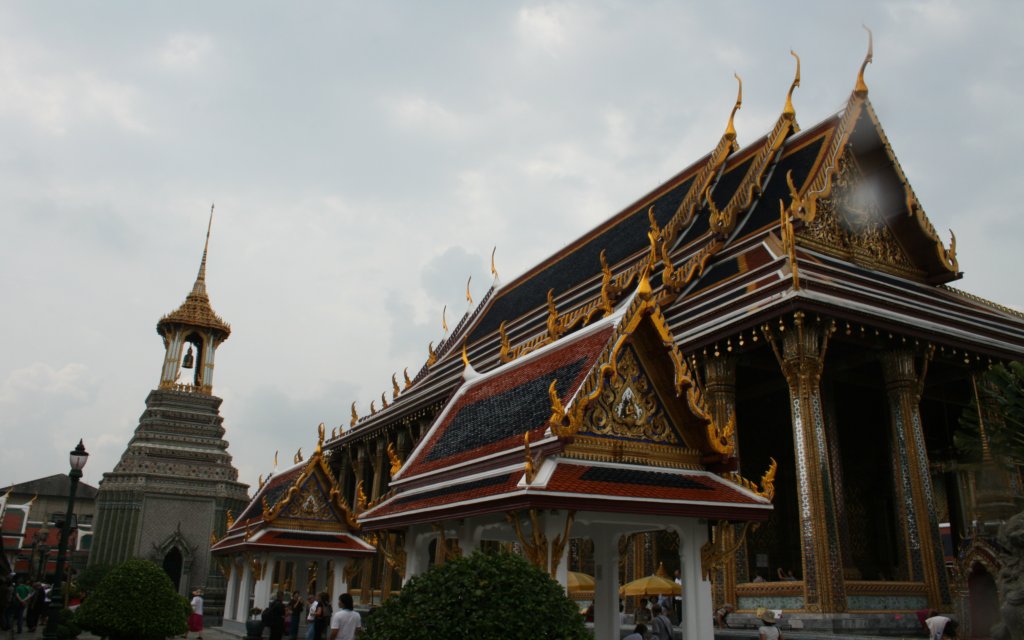
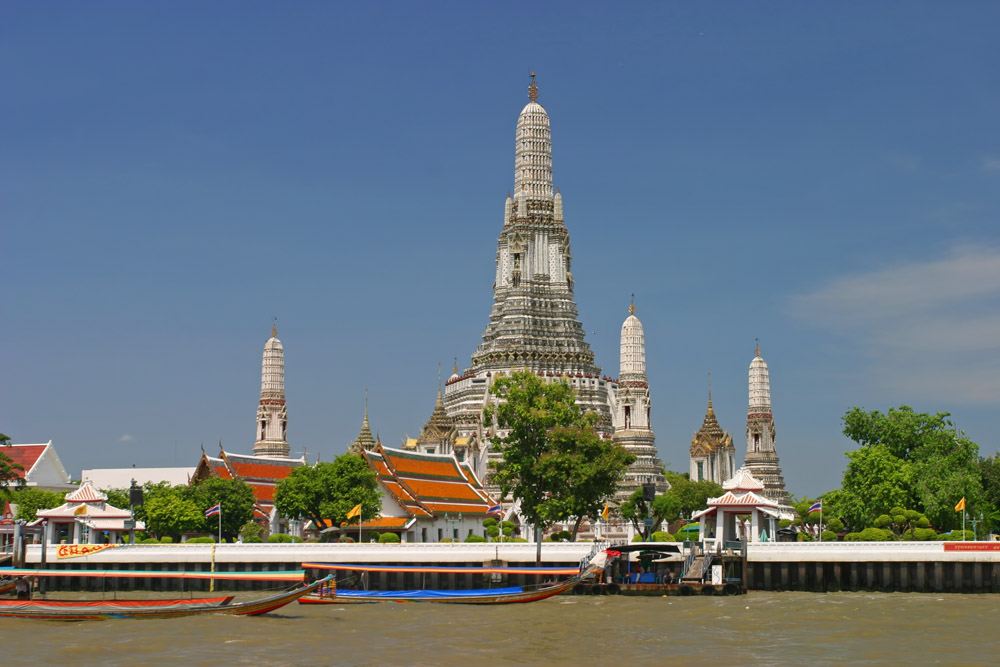
Golden Buddha | Bangkok Thailand
The Golden Buddha, or Phra Phuttha Maha Suwana Patimakon, is one of Bangkok’s most remarkable treasures. Housed in the Wat Traimit temple in the city’s Chinatown district, this stunning statue is the largest solid gold Buddha in the world, standing nearly five meters tall and weighing approximately 5.5 tons.
The history of the Golden Buddha is as fascinating as the statue itself. It is believed to have been crafted in the 13th century during the Sukhothai period, a time when artisans often covered valuable statues with plaster to disguise their true worth from invaders. For centuries, the Golden Buddha was hidden beneath a layer of stucco and remained unnoticed until 1955 when it was accidentally discovered during a relocation. As the statue was being moved, the plaster cracked, revealing the brilliant gold underneath.
Today, the Golden Buddha is a symbol of Thailand’s rich cultural and religious heritage. The statue’s serene expression and intricate details reflect the artistry of its creators, while its history adds a layer of mystery and reverence. Wat Traimit, with its awe-inspiring Golden Buddha, attracts countless visitors each year who come to admire its beauty and connect with its spiritual significance.
China Town | Bangkok Thailand
Bangkok’s Chinatown, known locally as Yaowarat, is a vibrant district steeped in history and culture. Established in 1782, when King Rama I invited Chinese traders to settle along the banks of the Chao Phraya River, Chinatown quickly became a bustling commercial hub. Over the years, it has grown into one of the largest and most dynamic Chinatowns in the world.
The heart of Chinatown is Yaowarat Road, a lively thoroughfare lined with shops, markets, temples, and eateries. This area is famous for its street food, offering a sensory feast of aromas and flavors that reflect the blend of Thai and Chinese culinary traditions. Visitors can enjoy dishes like dim sum, roasted duck, and the famous bird’s nest soup, served in bustling food stalls that come alive at night.
Chinatown is also home to several important cultural and religious sites, including Wat Mangkon Kamalawat, the largest Chinese Buddhist temple in Bangkok, and the historic Sampeng Lane market, which dates back to the 19th century.
With its rich heritage, diverse food scene, and lively atmosphere, Bangkok’s Chinatown offers a unique glimpse into the city’s multicultural identity, making it a must-visit destination for both locals and tourists.
Khaosan Road | Bangkok Thailand
Khaosan Road is one of Bangkok’s most iconic and lively destinations, known as the epicenter of backpacker culture. Located in the heart of the city, just a short distance from the Grand Palace and Wat Phra Kaew, Khaosan Road has evolved from a quiet residential street into a bustling hub of activity.
Famed for its vibrant nightlife, Khaosan Road is packed with bars, clubs, and street vendors offering an eclectic mix of entertainment. The street comes alive at night, with music pumping from every corner, and crowds of travelers mingling and enjoying the energetic atmosphere. You can find everything from live music and dance clubs to rooftop bars with panoramic views of the city.
During the day, Khaosan Road offers a different vibe, with an array of budget accommodations, travel agencies, and shops selling everything from cheap clothes and souvenirs to books and jewelry. It’s also a great place to sample street food, with vendors serving up classic Thai dishes like pad thai, mango sticky rice, and fresh fruit shakes.
Khaosan Road is more than just a street; it’s a cultural melting pot where people from all over the world come together, making it a must-visit spot for those looking to experience the vibrant and diverse spirit of Bangkok.
Markets | Bangkok Thailand
Night Markets
Bangkok’s night markets are a vibrant showcase of the city’s dynamic culture, offering a mix of shopping, dining, and entertainment. Here are the top five night markets that should be on every visitor’s list:
1. Rod Fai Night Market (Train Market)
Located in Ratchada, Rod Fai Night Market is famous for its vintage vibe. The market offers an eclectic mix of antique goods, retro fashion, and quirky collectibles. It’s also a food lover’s paradise with stalls serving everything from traditional Thai dishes to international street food.
2. Chatuchak Friday Night Market
While Chatuchak Weekend Market is well-known, its Friday night version is a more laid-back affair. Visitors can browse through a wide range of clothing, accessories, and home decor items while enjoying live music and street performances.
3. Asiatique The Riverfront
Combining a shopping mall with a night market, Asiatique The Riverfront is a stylish destination along the Chao Phraya River. It features over 1,500 boutiques, a variety of restaurants, and live shows like Muay Thai and cabaret.
4. Talad Neon Night Market
Situated in the Pratunam area, Talad Neon is a modern night market with brightly lit stalls. It offers trendy fashion, unique accessories, and a diverse selection of food and drinks.
5. Patpong Night Market
Located in the Silom district, Patpong Night Market is famous for its mix of souvenirs, clothing, and knock-off brands. The market is also surrounded by bars and clubs, making it a lively spot for nightlife.
Each of these night markets offers a unique experience, showcasing Bangkok’s diverse culture and vibrant atmosphere.
Floating Markets
Bangkok’s floating markets are a fascinating glimpse into the city’s traditional way of life, offering a unique shopping experience on the water. These markets, set along canals, have become popular tourist attractions, providing a blend of culture, food, and vibrant local commerce.
Damnoen Saduak Floating Market is the most famous and picturesque of them all. Located about 100 kilometers southwest of Bangkok, it’s known for its colorful boats piled high with fresh produce, local snacks, and handicrafts. Though it’s quite touristy, the lively atmosphere and photo opportunities make it worth a visit.
Closer to the city, Amphawa Floating Market is a more authentic option, popular with locals. It operates in the late afternoon and evening, offering a range of grilled seafood, traditional Thai sweets, and unique souvenirs. The market is particularly beautiful at dusk, with lanterns lighting up the water.
Taling Chan Floating Market offers a more laid-back experience. Located within Bangkok, it’s a smaller market where you can enjoy freshly cooked meals on boats and explore nearby gardens.
Bang Nam Phueng Floating Market is another local favorite, known for its wide variety of street food and handmade goods, all within a lush, green setting.
Visiting Bangkok’s floating markets is a memorable way to experience the city’s rich cultural heritage and culinary delights.
